In planning a trip to Beijing, you will likely come across the word “smog” on a regular basis. Despite the government efforts to decrease air pollution and a successful drop on those levels over the last six years, smog is still an issue in Beijing and other cities throughout China. But don’t let that discourage you, being informed to make the best decisions will help you enjoy the city and hopefully avoid pollution altogether. Here’s the lowdown on how polluted the air really is and how this might affect your trip to China’s capital. Beijing’s amazing palaces, gardens, and temples are well worth the hassle.
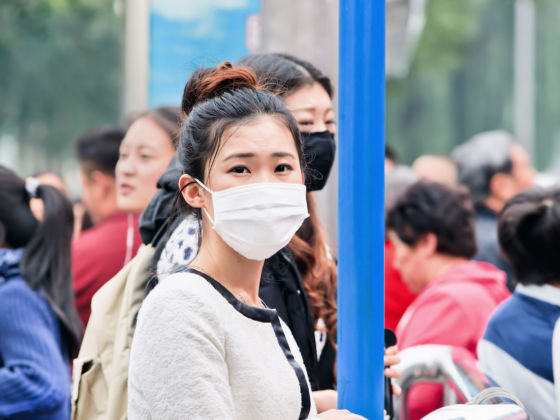

Everything You Need to Know About Smog in Beijing
Understanding the basics
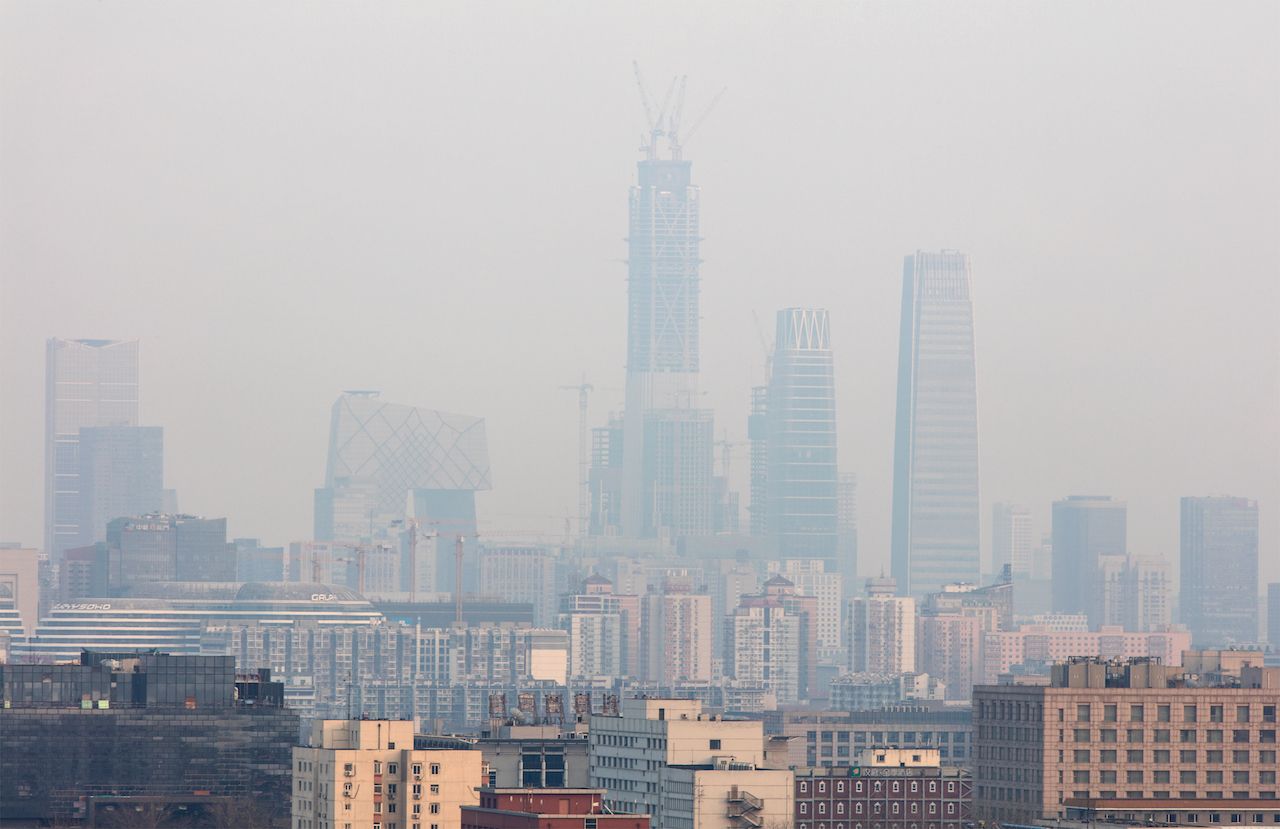
Photo: testing/Shutterstock
The smog in Beijing is mainly caused by the use of coal power and and the extensive traffic that clogs city, though its geography also plays a part since the city is flat and surrounded by mountains that don’t let the wind take away the pollution. Air contamination is measured in terms of air quality index (AQI), which measures particulate matter, sulfur dioxide, carbon monoxide, and nitrogen dioxide, as well as ozone quality. A city’s AQI will fall between good (0-50), moderate (51-100), unhealthy for sensitive groups (101-150), unhealthy (151-200), very unhealthy (201-300), and hazardous (301-500). So anything higher than 100 affects health, especially in children, elders, and those with preexisting conditions such as heart or lung diseases. To give you an idea of what to expect, the average rating so far this year so far has been 105.
Immediate symptoms that you can experience if the AQI is very high are burning eyes, nose irritation, and an itchy throat. A natural way to fight the latter one is a dose of good ol’ honey mixed with lemon juice, most effective in case you get a cough. Your skin may also feel dry and in this case, you should shower when returning to your hotel and use a moisturizing cream. Normally, any visible effects will disappear within a week, and there is nothing to worry about long-term.
Best time to travel to Beijing to avoid smog

Photo: Lukiyanova Natalia frenta/Shutterstock
Although it is not an exact science, there are better and worse months in terms of air quality that you may want to take into account when deciding when to visit. Winter is the worst time to go to Beijing because the city’s water heating system is coal-powered and causes a lot of extra smog. The same thing happens during the height of summer, but because coal-based power plants have to generate more electricity needed for the air-conditioners.
Fall and spring are the best seasons to visit Beijing, with May and September being the best months within those seasons. October is great too because many factories are closed due to national holidays, which leads to drastically better air quality, but for the same reason, tourist hot spots are usually more crowded because many locals are off work for the holidays.
How to stay informed before and during your trip
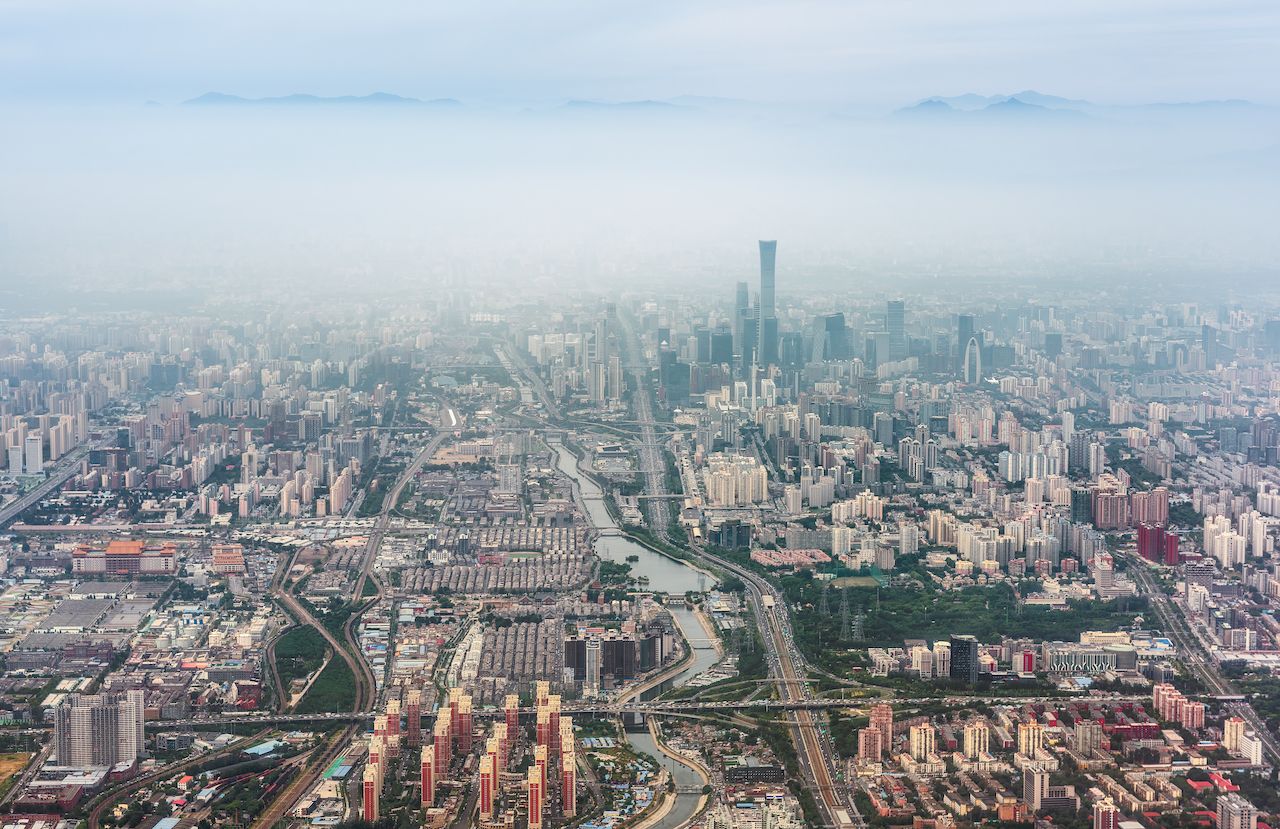
Photo: HelloRF Zcool/Shutterstock
In 2008, the US Embassy in Beijing installed on its rooftop a monitor that measures the air quality. The monitor tweets this information hourly to let people know how the quality of the air is at that moment. Although it is only a reading of the Chaoyang District, the monitor provides a good sample of what you’d experience across the city as a whole. The tweet shows the current AQI as well as the level of health concern, ranging from good to hazardous.
Another useful app is Air Visual. Although it’s not Beijing specific as it reads worldwide information, it is helpful to see the current state of the air in at least 20 different sites in Beijing as well as in other cities. It also shows a seven-day forecast that will help you organize what to do during your stay. If you are more of a computer-type than a mobile person, you can also see this information online posted by the AQICN. There, you will see the information from the past 48 hours as well as a seven-day forecast.
What to do if the pollution index is high during your stay
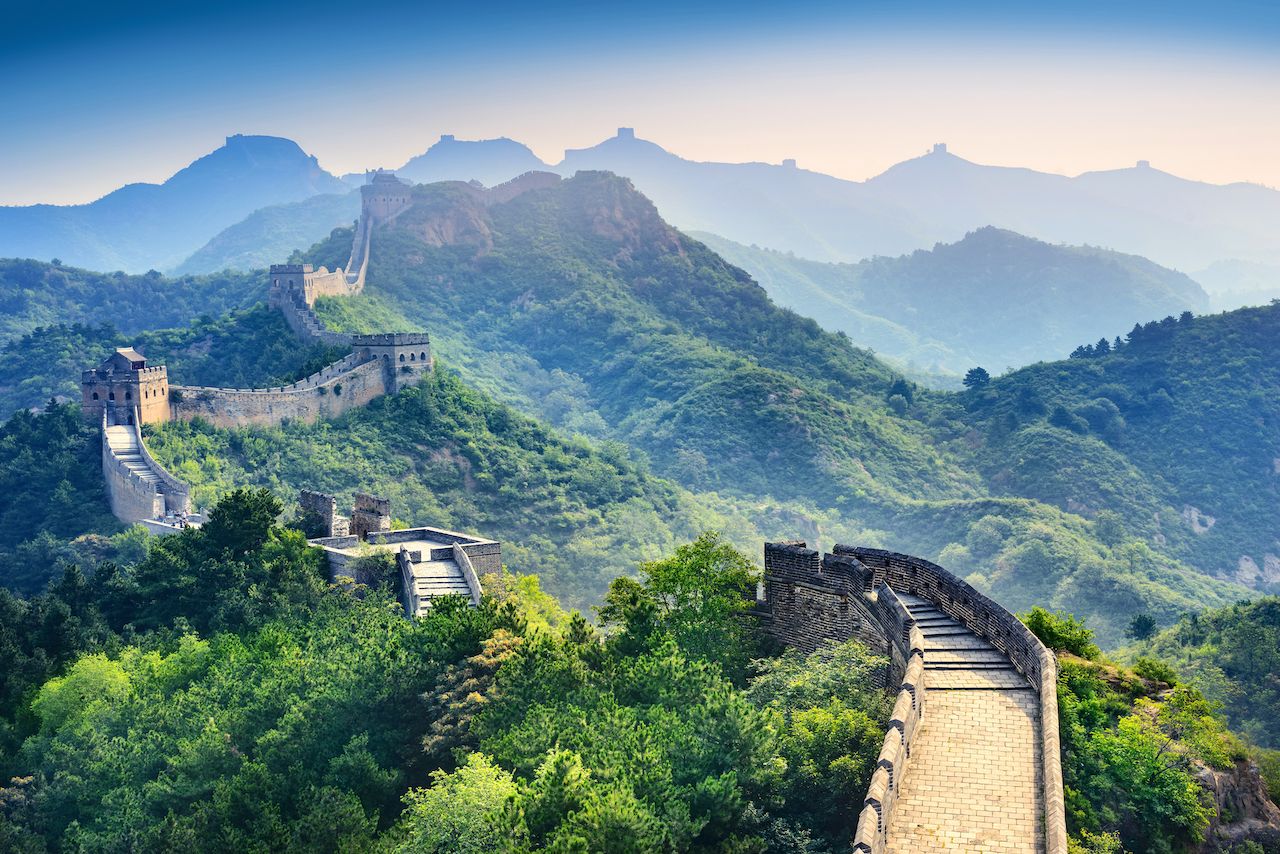
Photo: aphotostory/Shutterstock
There are a few things you can do to mitigate the situation should you find yourself choked by smog while in Beijing. The first is kind of obvious, but staying indoors reduces the exposure to air polluted particles by 20 percent. Luckily, there are plenty of museums that you can go to such as the National Museum of China, the National Art Museum of China, and the China Science and Technology Museum, or you can pay a visit to the beluga whales at the Beijing Aquarium.
Those planning to visit the Great Wall should remember that there are many sections to visit, and some are further removed from the pollution than others. Visiting sections that aren’t the closest ones to Beijing on a polluted day not only gets you out of the city, but it also gets you further from the smog and the hordes of people. Huanghuacheng or Shanhai Pass are excellent choices although you should check beforehand to see what the air quality is like there — it can be nearly as bad even outside of the city.
If the forecast is showing that the next couple of days will have a high AQI, you may also want to consider doing a day trip or two-day trip to another city nearby. Fast trains make possible a getaway to other great places such as Datong or Chengde.
In the city, there are a few restaurants that offer air purification systems. Feast, located in the East Beijing Hotel in the Chaoyang District, serves both Asian and international food. Its brunch is especially recommended and it has vegetarian options. You could also go for a great cup of coffee, brunch, or dinner at Cafe Zarah, located in Dongcheng District, or Jing-A Brewing in Chaoyang District, which has the Airpocalypse IPA, a beer whose price goes down as much as the AQI goes up — a local’s favorite to venture for a cold one.
How to choose a mask that actually works
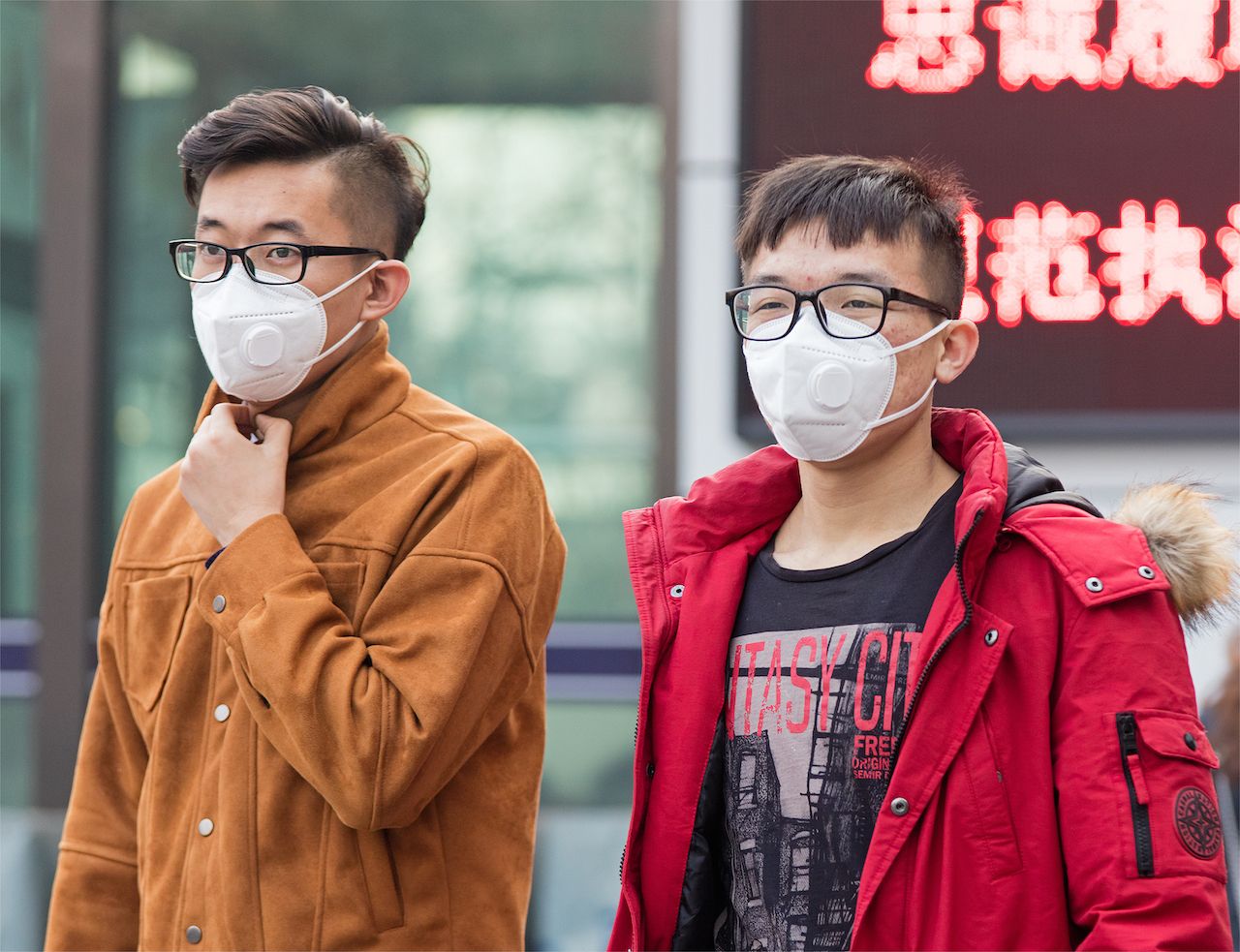
Photo: testing/Shutterstock
Before you venture anywhere in town, get yourself a mask that actually works, so not just a cheap surgical mask that covers only your mouth. The first thing you need to know is that all masks are measured with an anti-haze index that indicates its effectiveness in filtering particles in the air. As a rule of thumb, you need a model that has a number higher than N95, which means it filters 95 percent of particles in the air. These are some recommended masks for every type of budget:
- Low budget: AQblue Plus+ filters up to 95 percent of the particles and it lasts two hours on a polluted day. You can buy it for around $13 via Taobao (a shopping website), selected hospitals, or WeChat (a Chinese messaging and social media app).
- Medium budget: A Cambridge mask, which filters 99 percent of the particles and lasts 220 hours. You can get it on Amazon for $30 and it comes in different colors.
- High budget: Respro masks are on the expensive side of the budget range, at around $50. You can pick either the Respro Techno or Respro Ultralight. These are the most recommended for people who exercise outdoors and it filters 99.7 percent of the particles. Its filters are removable and have a lifespan of around 69 hours, so you don’t need to throw it away, you only need to change it. These are sold separately at $25 per pair. You can buy both the masks and filters on Amazon.
If you are going to Beijing during the hazier months you might get away with either one of the first two if it’s only for a few days. For longer stays, invest a little more and get one of the Respro options. In all cases, the most important thing is that the mask needs to fit your face perfectly to avoid the air entering your body. It’s also recommended that you get them before going to China to make sure you get the one you want — around Beijing, they fly off the shelves once the API goes up.